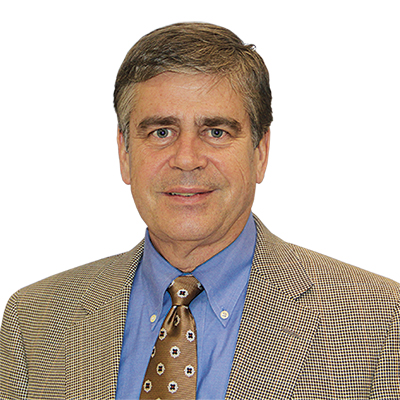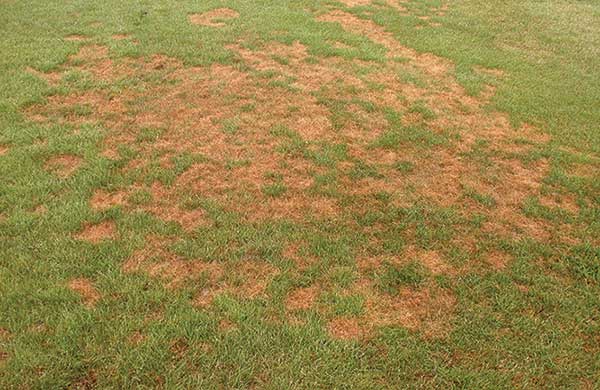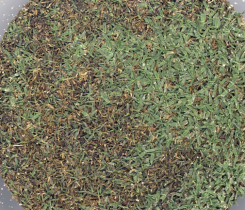Controlling challenging turfgrass diseases: Pythium blight, wet wilt

Karl Danneberger
Driving to work with my air conditioner blasting and “Cherry Cherry” (from the album “Hot August Night”) blaring on the radio, I started reminiscing about my college turfgrass classes. At the time, one of the most feared agronomic problems facing cool-season golf courses was Pythium blight. Golf course superintendents slept in a sweat from mid-July through August worrying about this disease. Class lectures focused on the turf devastation that Pythium caused. Littering my lectures were stories of superintendents who left healthy greens on Saturday, only to return to dying and dead greens Sunday morning.
Pythium blight occurs in hot, wet summer conditions. Poorly drained, heavily thatched, overwatered greens were especially susceptible. The pathogen freely flows with water via sporangia, zoospores and oospores, infecting turfgrass plants rapidly when nighttime temperatures remain above 68 degrees F. Pythium blight was devastating and worrisome, not only because of how rapidly it spread, but because fungicide control was limited. At the time, fungicides that controlled Pythium blight were etridiazol and chloroneb. If you remember using these fungicides as Pythium control, you’re probably listening to the same radio stations as me.
The drawback to etridiazol and chloroneb? Only one, two or three days of control when Pythium blight was active.
That all changed when mefenoxam and propamacarb came to the golf course market. Superintendents could apply these fungicides preventively and get up to three weeks of control. Management of this devastating disease completely changed. Superintendents could sleep a little longer, and college lectures became about Pythium blight being just another turfgrass disease.
However, there always is some other turfgrass stress to fill that slot from mid-July through August. In the last 20 years, wet wilt has gone from a sporadic disease to an almost yearly event in some areas. Wet wilt occurs in waterlogged soils during the same time the turf is suffering elevated soil temperatures. Climatologists have predicted an increase in extreme weather because of climate change — and for much of the Central and eastern United States increased rainfall. Extreme storm events are the new norm.
Wet wilt occurs when there is adequate soil moisture, but the plant’s root system cannot absorb water fast enough to meet its transpiration demands. Cool-season turfgrass root growth begins to slow and decline at average soil temperatures greater than 70 degrees to 72 degrees F. Once soil temperatures reach 80 degrees F, new root initiation ceases. Above 86 degrees F, root growth stops and the ability to function decreases. Under high nighttime temperatures and humidity, the turfgrass plant has little opportunity to recover. If the soil becomes waterlogged from a heavy storm or overwatering, soil oxygen levels drop.
Oxygen is extremely important in the root’s function. Water uptake by the roots is an active process requiring energy from root respiration for absorption. Respiration requires oxygen — as the final electron acceptor in electron transport — to generate the vast amount of energy needed for water and nutrient uptake. Waterlogged roots under high soil temperatures (and thus high water temperatures) can die in three to six hours. The combination of high soil temperatures, waterlogged soils, lack of oxygen and stomatal closure results in the turf literally frying. The turf collapses within a few days, and recovery is practically nonexistent.
Conditions that favor Pythium blight are similar to that of wet wilt, so the practices to minimize both are similar. Improve both surface and subsurface drainage, and improve air movement around the turf (green), either through the removal of trees or by installing fans. If thatch is a concern, implement a program to reduce organic matter. During wet-wilt periods, stop or dial back stressful mechanical management practices.
I’ve decided for now to change the radio station to one playing “December” by Collective Soul.
Karl Danneberger, Ph.D., Golfdom’s science editor and a professor at The Ohio State University, can be reached at danneberger.1@osu.edu.












